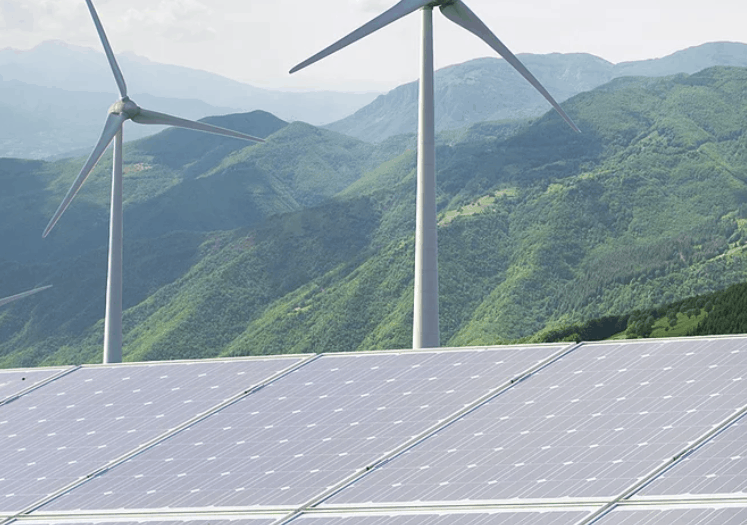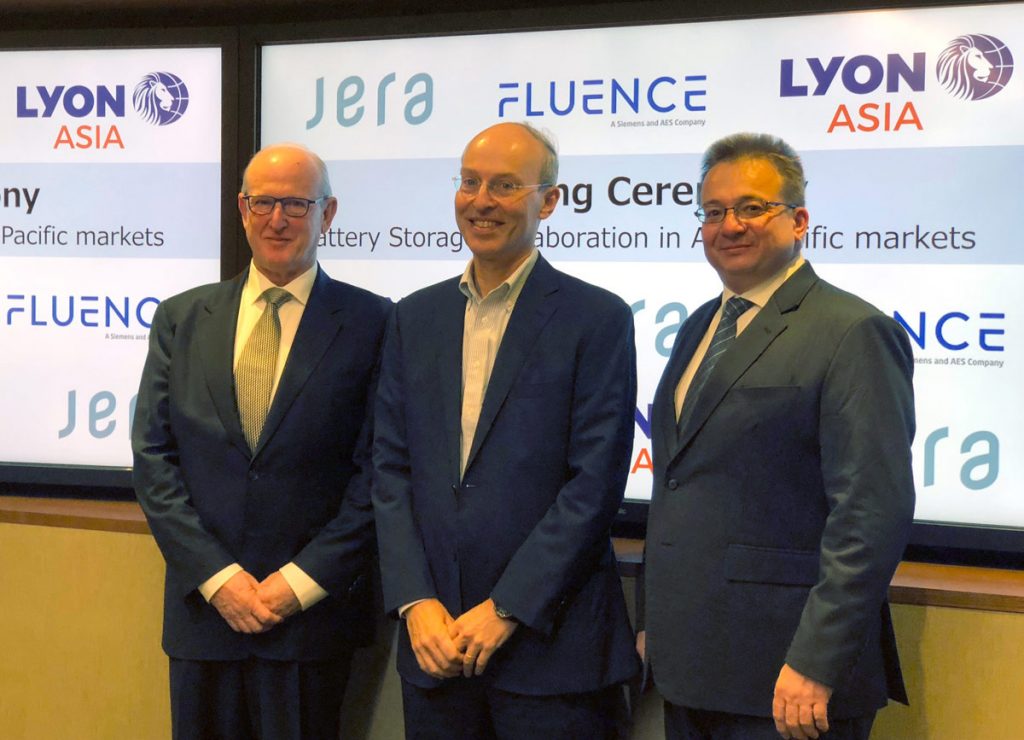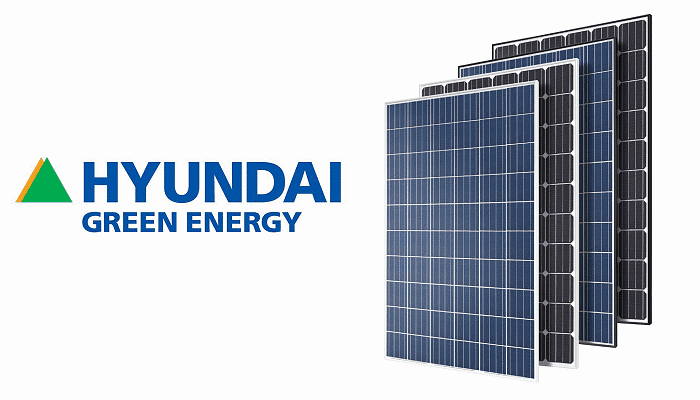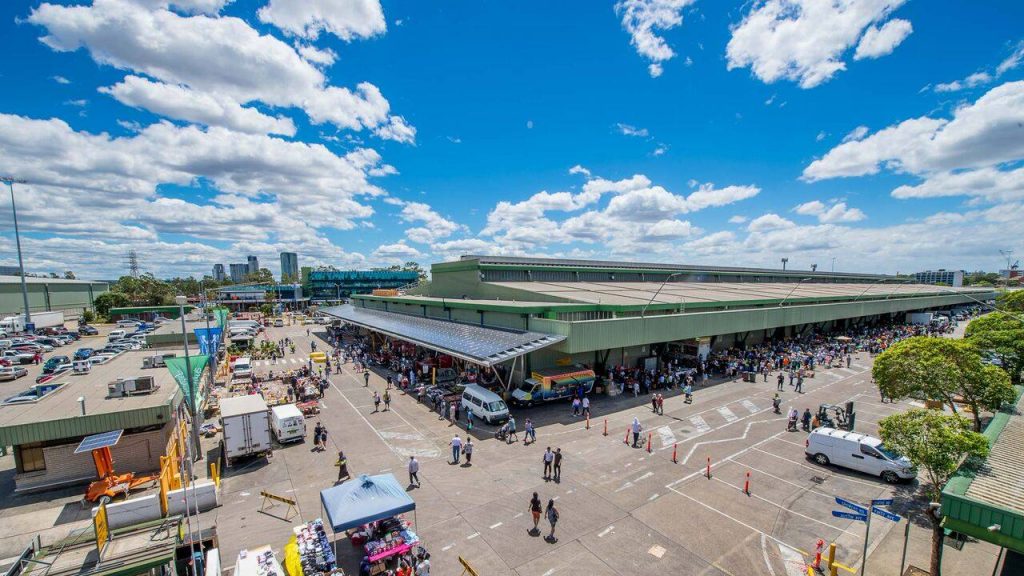Hydrogen energy storage – French hydrogen specialist HDF Energy have announced their Centrale électrique de l’Ouest guyanais (CEOG) project, which will be one of the world’s biggest solar-plus-storage power plants. The $90m USD plant is expected to generate around 50 GWh per year and will store energy using hydrogen instead of the usual lithium-ion.
Hydrogen energy storage – Centrale électrique de l’Ouest guyanais in French Guiana

With an equivalent 140 MWh of energy stored, CEOG will be the biggest power plant worldwide storing renewable energy using hydrogen.
The world’s current largest storage project, which was,developed by Tesla and Neoen in South Australia at the Hornsdale Power Reserve, has a slightly lower size – 129 MWh. It uses lithium-ion technology rather than Hydrogen. Neoen have also looked into alternative methods of energy storage, however – they are currently in the middle of building an “Electrolyser” Hydrogen Superhub at Crystal Brook in South Australia.
Hydrogen energy storage technology
According to the manufacturer HDF, the hydrogen energy storage tech has a number of benefits over lithium-ion, such as enabling the storage of energy for long periods of time with minimal loss. It’s a very simple process to store the energy as hydrogen – you just need an electrolyzer, storage tanks, and a fuel cell.
Firstly the electrolyzer separates hydrogen and oxygen from a water molecule. The resultant hydrogen is then pressurised and stored in tanks. In the fuel cell the hydrogen is combined with oxygen, which then allows the production of electricity and steam.
Hydrogen has been suffering a tough time of it as late as the efficiency is quite difficult to improve – typical ranges are from 75-80%, according to PV Magazine (click the link to read a fantastic, in-depth article about the future of storing energy as hydrogen). Further losses of between 5-35% result from compression and cooling of the molecular hydrogen. Even for on-site use or with a direct feed into the gas network, you’ll see conversion efficiency of around 70%.
We need to continue the research to see if the efficiency of hydrogen can be improved and it’ll be very interesting to see what the numbers are from both the French Guiana project and the superhub at Crystal Brook. We’ll keep you posted!





